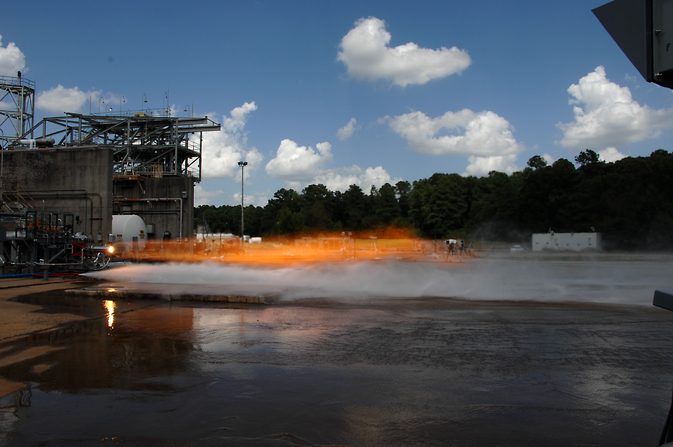Printed on a 3D printer rocket injector passed tests of 3000 degrees Celsius

Not so long ago, NASA has already talked about its successes in the manufacture of important parts of spacecraft engines using the laser sintering method. The technology is gradually improved, and engineers are getting more reliable and complex engine parts.
So, the other day, rocket injectors were tested, which were subjected to a very high temperature test: about 3300 degrees Celsius. Liquid oxygen and hydrogen gas were mixed in the injector, resulting in a thrust of 9 tons.
')
The rocket injector is one of the most difficult parts in the production of a rocket engine, so the manufacture of this element using laser sintering significantly reduces the cost of the process. By the way, the tested element is equal in size to the conventional injector of a small rocket, and the design of the new injector is similar to the design of injectors of large engines (for example, for the largest RS-25 engine).
The traditional production process of such injectors requires the creation of an entire system of 163 individual parts. A 3D technology reduces the number of elements to two, which, of course, reduces the time and money spent on the production of such injectors and engines in general.
The tests were carried out for two injectors, each of which was manufactured by a private company for NASA. One of the injectors is manufactured by Solid Concepts, the other is Directed Manufacturing. According to the developers, the new technology makes it possible to speed up the process of creating a reliable engine for a new type of missile, without having to use dozens and hundreds of parts for one injector.
Via NASA
Source: https://habr.com/ru/post/235195/
All Articles